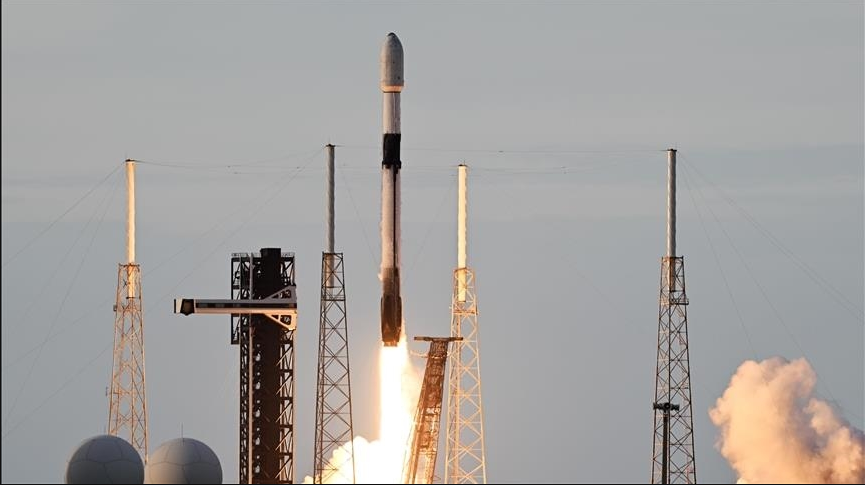
Key scientific discoveries of July: Space, health, ecology
Advances in science and technology are revealing the universe's hidden mysteries and offering new insights and solutions to human problems. Anadolu highlights the key scientific developments and discoveries of July. Developments in space technology On July 9, Türkiye's first domestic communications satellite, Türksat 6A, was launched from Cape Canaveral in the US using SpaceX's Falcon 9 rocket. This achievement makes Türkiye one of 11 countries with this capability. The launch increased Türkiye's active satellites to nine and positions the country to become a satellite exporter. Additionally, the James Webb Space Telescope captured images of two interacting galaxies, Penguin (NGC 2936) and Egg (NGC 2937), which are expected to eventually merge into one galaxy. Developments in health Amputees regained their natural walking speeds with a new bionic leg featuring nerve-centered technology, moving 41% faster than those using standard prosthetics. These bionic legs, equipped with muscle sensors, represent significant advancements in prosthetic design. Furthermore, a detailed brain map identified approximately 300 neurons in the prefrontal cortex that respond to word meanings, potentially leading to new technologies and brain-computer interfaces to assist those who have lost their ability to speak. Atmospheric water collection could provide clean drinking water to billions Scientists in the US have developed a device that collects water vapor from the air and converts it into drinking water. Created by engineers at the University of Utah, the device uses a hygroscopic material to capture and heat the water vapor, potentially providing clean drinking water to billions facing scarcity. Significant developments in animal world New discoveries include a glass frog species, Centrolene Kutuku, found in Ecuador's Amazon rainforest, notable for its transparent belly. Additionally, a study of over 250 chimpanzees in Uganda and Tanzania revealed that their communication patterns, including turn-taking, fast-paced exchanges, and the use of gestures, are similar to human styles.

Advances in science and technology are revealing the universe's hidden mysteries and offering new insights and solutions to human problems. Anadolu highlights the key scientific developments and discoveries of July. Developments in space technology On July 9, Türkiye's first domestic communications satellite, Türksat 6A, was launched from Cape Canaveral in the US using SpaceX's Falcon 9 rocket. This achievement makes Türkiye one of 11 countries with this capability. The launch increased Türkiye's active satellites to nine and positions the country to become a satellite exporter. Additionally, the James Webb Space Telescope captured images of two interacting galaxies, Penguin (NGC 2936) and Egg (NGC 2937), which are expected to eventually merge into one galaxy. Developments in health Amputees regained their natural walking speeds with a new bionic leg featuring nerve-centered technology, moving 41% faster than those using standard prosthetics. These bionic legs, equipped with muscle sensors, represent significant advancements in prosthetic design. Furthermore, a detailed brain map identified approximately 300 neurons in the prefrontal cortex that respond to word meanings, potentially leading to new technologies and brain-computer interfaces to assist those who have lost their ability to speak. Atmospheric water collection could provide clean drinking water to billions Scientists in the US have developed a device that collects water vapor from the air and converts it into drinking water. Created by engineers at the University of Utah, the device uses a hygroscopic material to capture and heat the water vapor, potentially providing clean drinking water to billions facing scarcity. Significant developments in animal world New discoveries include a glass frog species, Centrolene Kutuku, found in Ecuador's Amazon rainforest, notable for its transparent belly. Additionally, a study of over 250 chimpanzees in Uganda and Tanzania revealed that their communication patterns, including turn-taking, fast-paced exchanges, and the use of gestures, are similar to human styles.
